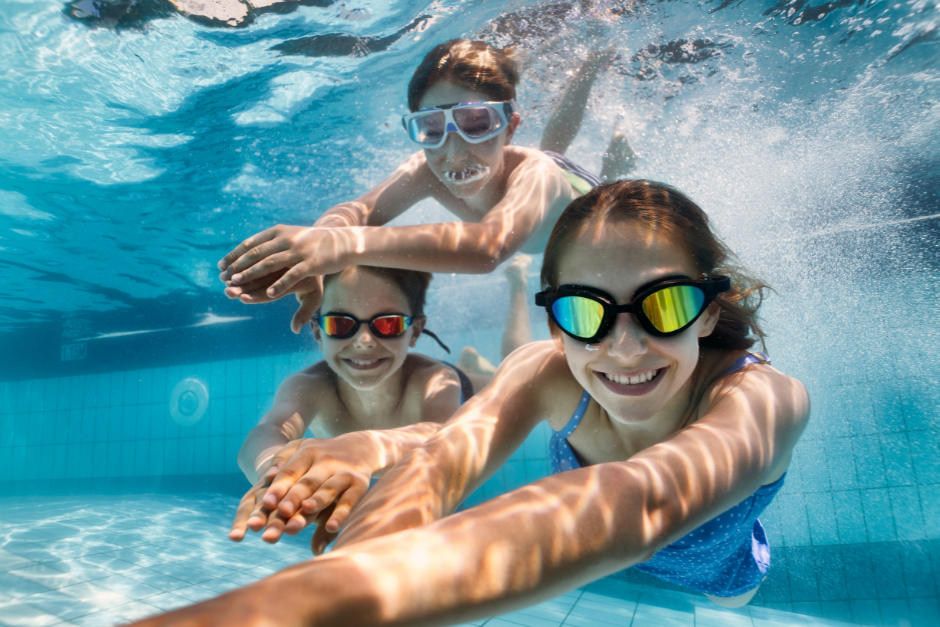With Labor Day coming up and many families trying to squeeze in the last moments of summer fun, we just want to remind you about how important it is to take safety precautions around water, especially when children are involved.
The American Red Cross has three safety priorities for every family to prevent a tragedy, whether it is at the pool, the beach the lake or on a boat:
1. Ensure every member of your family learns to swim so they at least achieve skills of water competency: able to enter the water, get a breath, stay afloat, change position, swim a distance then get out of the water safely.
2. Employ layers of protection including barriers to prevent access to water, life jackets, and close supervision of children to prevent drowning. This should also include appropriate fencing around pools.
3. Know what to do in a water emergency – including how to help someone in trouble in the water safely, call for emergency help and CPR. (Sign up for a First Aid & CPR course with TSS.)
Once you’ve covered the basic safety priorities enjoy the water with these rules in mind:
- Swim in a designated swimming area. Most public swim areas have flags or boundaries set up where swimming is permitted. Stay within these areas, preferably within sight of a trained lifeguard.
- Never swim alone. No matter how old you are, if you are swimming in open water you should always go out with a “swim buddy.”
- When in doubt, get out. If thunder is rumbling, the current feels too strong, or the waves feel too high or even if you feel cold or tired, trust your gut and get out of the water.
- Do not swim after consuming alcohol or other substances. Your judgment should not be impaired when you are in the water.
- When you don’t know how deep the water is, always enter feet first. Every year severe injuries occur when people dive into shallow water.
- Young children or weak swimmers should wear a USCG-approved life vest whenever they are near or in the water including at the pool or waterpark.
- Reach, throw, don’t go. When you see someone struggling in the water, your first instinct may be to jump in and help. However, unless you are a strong and experienced swimmer, jumping in increases the risk that both people drown. Instead, look for a long object to pull the struggling swimmer to safety.
See our related article on boating safety.

